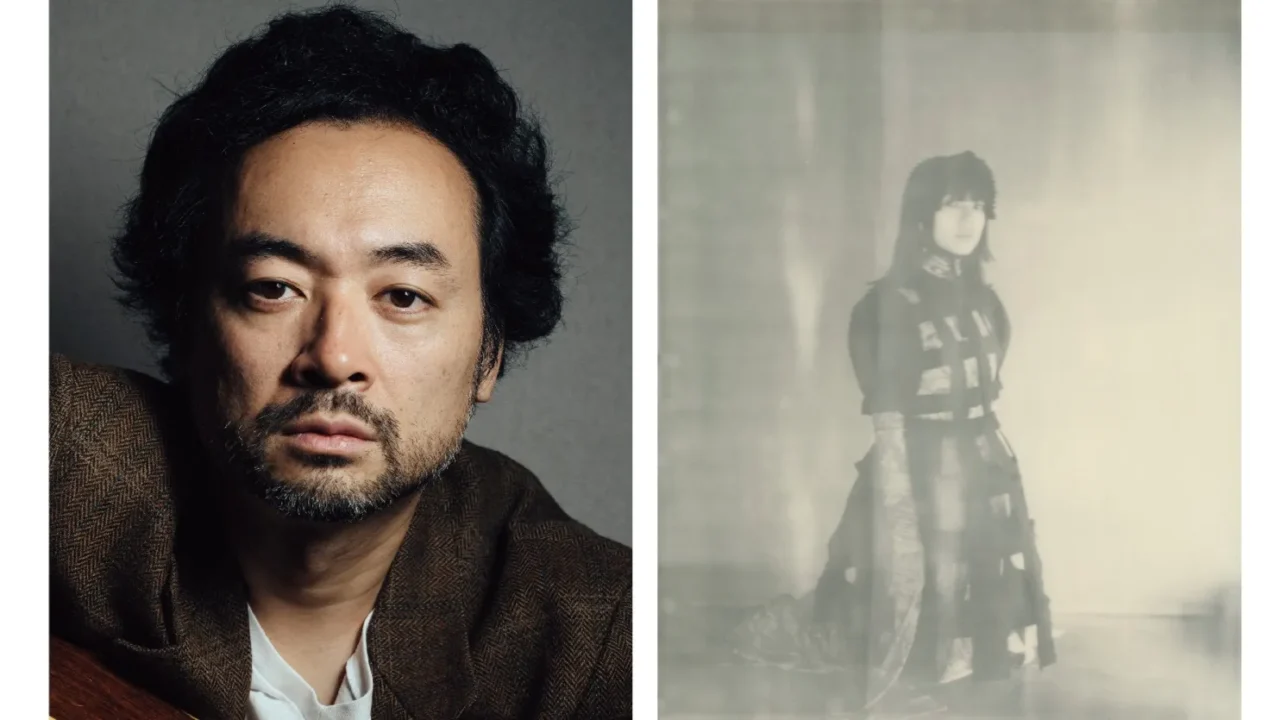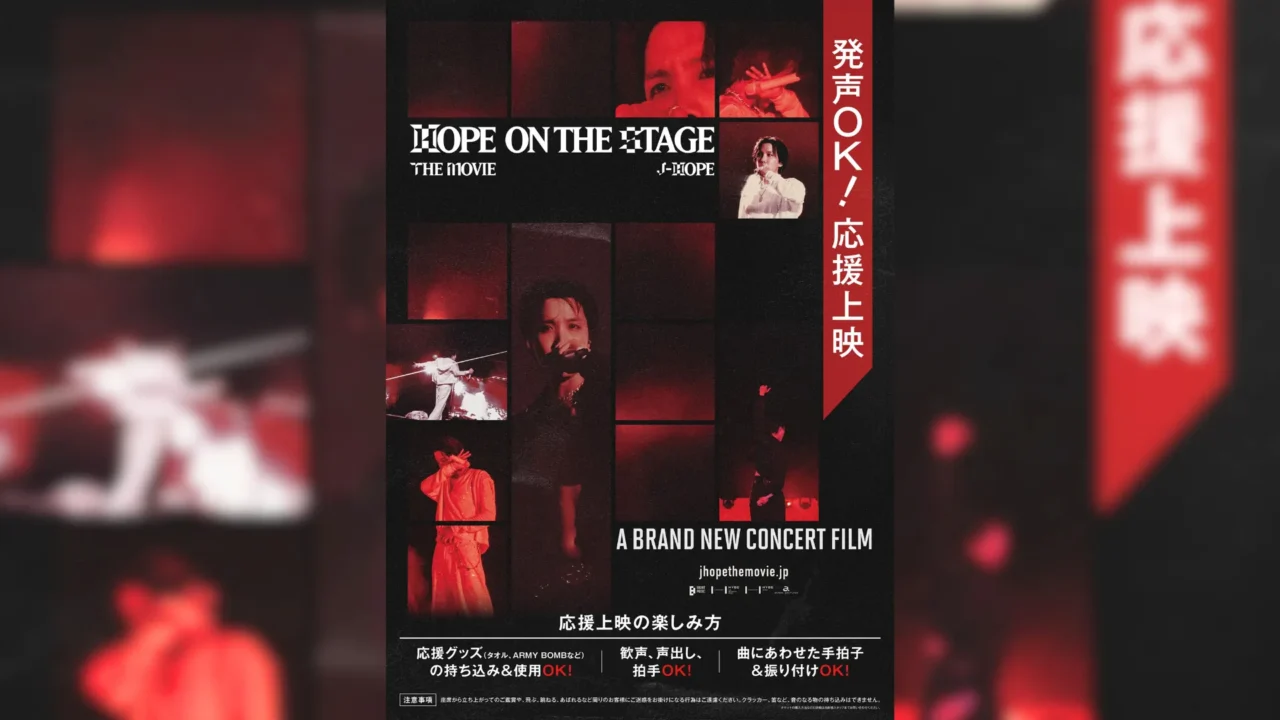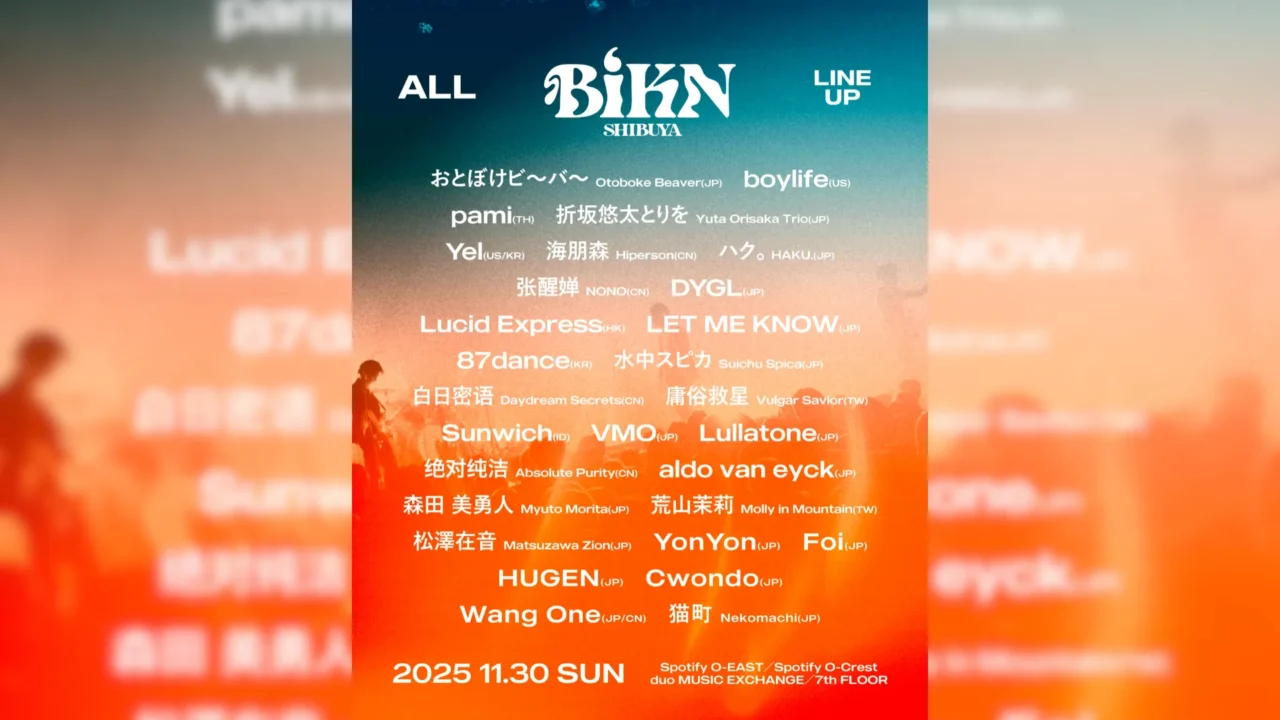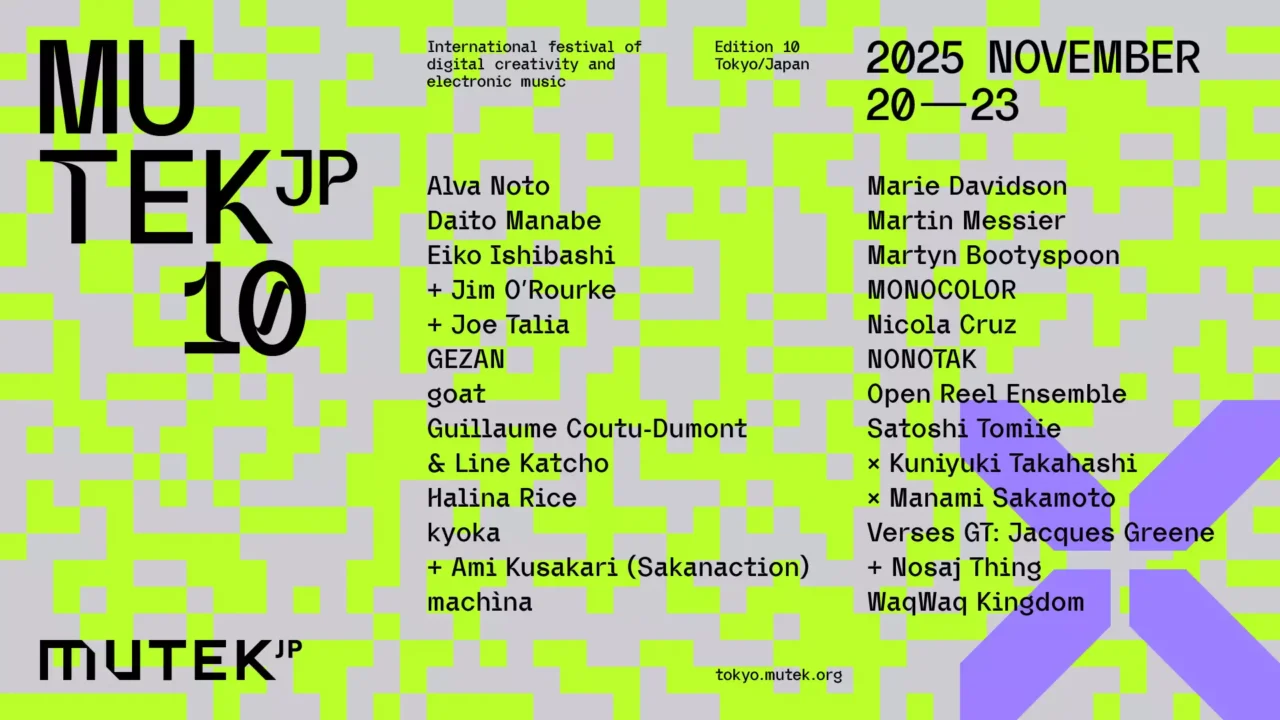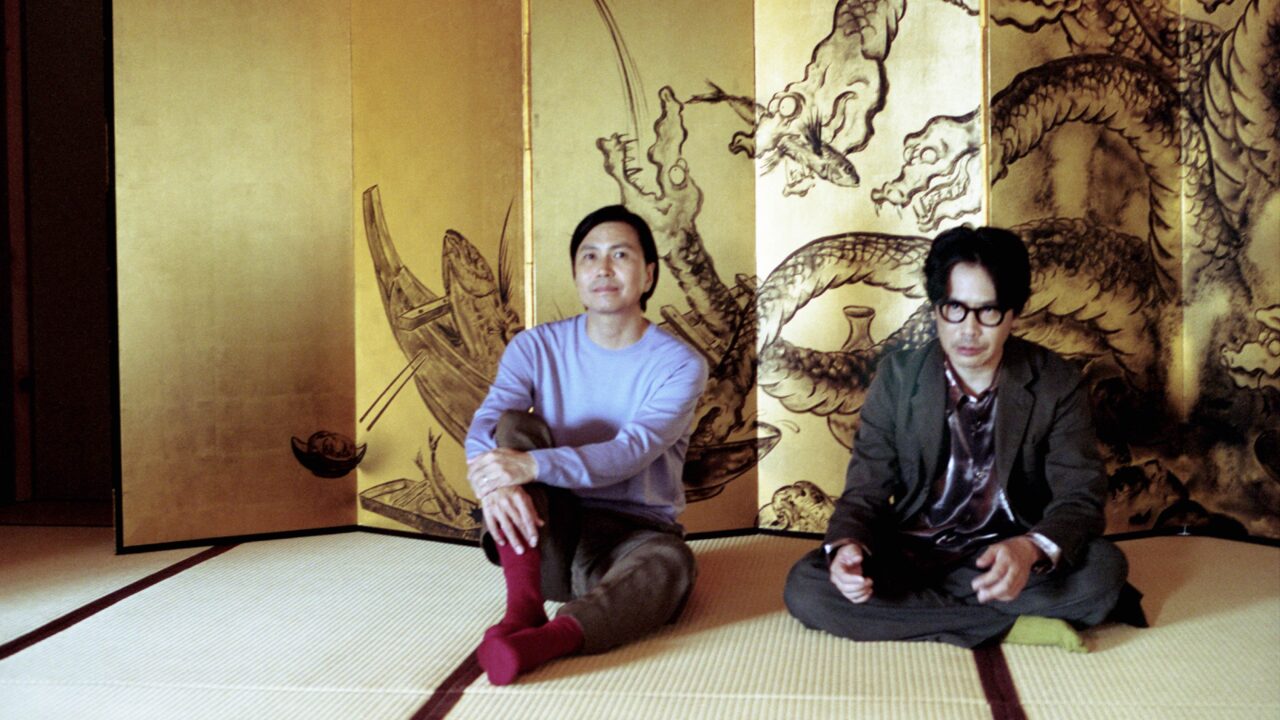When the book “Introduction to Modern Jazz at Jazz Kissa Eagle” by the owner Masahiro Goto was published in Yotsuya, music critic Mitsutaka Nagira commented on its uniqueness.
He said, “In texts attempting to convey the fascination of modern jazz, the focus often lies on ‘how it is new and different from traditional jazz.’ However, Goto writes about ‘how the new music is connected to past jazz,’ which is truly remarkable.”
Goto’s stance is strongly reflected in Eagle’s selection.
While dealing with a wide range of jazz, from classic albums to the latest releases, one can hear the continuity of jazz history—Nagira and I visited this renowned establishment that has been transmitting the joy of jazz for 57 years.
INDEX
Rooted in History: Transitioning from a Rock Kissa Predecessor
In early spring of this year, Alejandro Ayala from Chicago, USA, was visiting Japan. He is a member of the team at the Chicago-based label International Anthem, serving as the label’s marketing specialist. Beyond his duties at the label, he also DJs and produces audio, deeply immersed in music in various capacities. By chance, my friend and DJ, Mayu Amano, invited me to have tea with Alejandro. I suggested, “How about visiting a jazz kissa in Japan?” and recommended Eagle. I recommended Eagle because I believed it would be a perfect fit for music enthusiasts like the staff of cutting-edge jazz labels such as International Anthem.

Jazz Kissa Eagle was founded in 1967 by Masahiro Goto, a well-known jazz writer. 2024 marks its 57th anniversary, making it one of the oldest jazz kissas in Japan. However, although it is an old shop, even Eagle is not yet a long-established business, which is a testament to the depth of the history of jazz kissa in Japan.
I don’t remember which book it was written in, but I recall that Yasukuni Terajima, the former owner of MEG, a renowned jazz kissa in Kichijoji (established in 1970, retired in 2018), once wrote something along the lines of, “MEG has its own history, but it’s not exactly an old establishment. Being able to play Bill Evans’ ‘At The Montreux Jazz Festival’ album (released in 1968) as a new release suggests that the cafe was at a mid-level position. So, I guess we were also at a mid-level position.” According to Terajima’s argument, if a place like Eagle, established a year before the release of the castle album, is considered mid-level, it falls into the same category as well.

Before Eagle moved to its current location, Mr. Goto ran a rock cafe called “Disk Chart” here for a short time. Eagle was a rock kissa that turned into a jazz kissa (see the Japanese article “The Story of Eagle Jazz Kissa in Yotsuya, Tokyo, Part 2” on the website “Jazz Kissa Guide” for more details).
The latecomer, Eagle, did not have the same rare record collection as the old shop. Even so, it has survived for more than 50 years by establishing its own unique style through various innovations. Even when rock music was overtaking jazz, when fusion music was gaining momentum and modern jazz was retreating, and when jazz kissas were closing in increasing numbers as if they were relics of the past, Goto kept his store open and continues to play jazz music today.

INDEX
Moderation in All Things: Achieving a Well-Balanced State
When one thinks of jazz kissas, one has the image of a place where one can listen to a maniacal selection of music from a vast and rare record collection in a high quality audio environment installed by a well-informed owner. Many people may think that jazz kissas are peculiar. However, I believe that Eagle is different from such an image.
Although modern jazz such as bebop, hard bop, and modal jazz is played most of the time, there is a wide variety of albums from a wide range of eras and styles, including electric jazz, fusion, soul jazz, jazz funk, free jazz, ECM-type European jazz, and even pre-war jazz before modern jazz. styles, free jazz, ECM-style European jazz, and even pre-modern and pre-war jazz. I sometimes feel that Eagle’s music selection is not peculiar, but rather moderate.
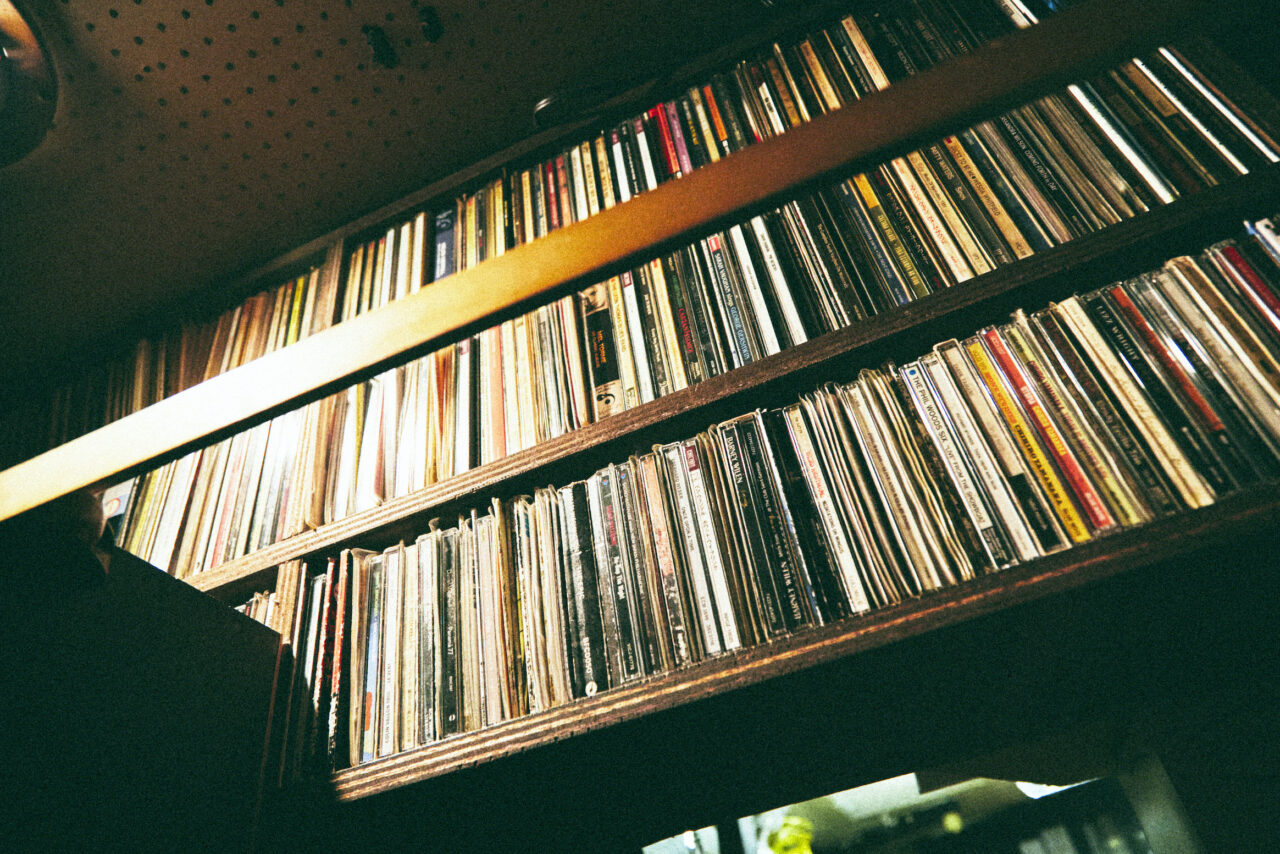
Moreover, his music selection includes albums from the 1990s to the present day. Sometimes new releases are played, while other times masterpieces from the 1990s and 2000s are selected, which are often overlooked by jazz fans. It is fair to say that the music selection is well-balanced, covering a wide range of the long history of jazz. For 57 years, Goto has been introducing new releases that have caught his ear while entertaining the public with past masterpieces in line with the public image of jazz cafes.

Because of this style, Eagle is not particular about software. If there is only vinyl to play, he chooses vinyl, and if it is from an era when only CDs were available, he plays it on CD. And the audio system is set up so that it can handle either type of playback, or more specifically, any type of music. According to Goto, “Audio that sounds great whether it’s hot Blue Note or cool ECM. Eagle is a jazz kissa that focuses on balance in every aspect.

INDEX
Seamless Fusion: Connecting Music Across Eras and Styles
And even though the range of the music selection is extremely wide, it is balanced in a way that it is not miscellaneous. I believe that the reason why Eagle has survived for so many years is because all the music selections are calculated, and almost all the selections have intention and consideration put into them.
In most jazz kissas, the owner probably selects an album on the spot and plays it on the spot. However, this is not the case at Eagle. Goto carefully selects albums suitable for Eagle from a large number of albums, and has created a unique system to play them in a well-thought-out order.
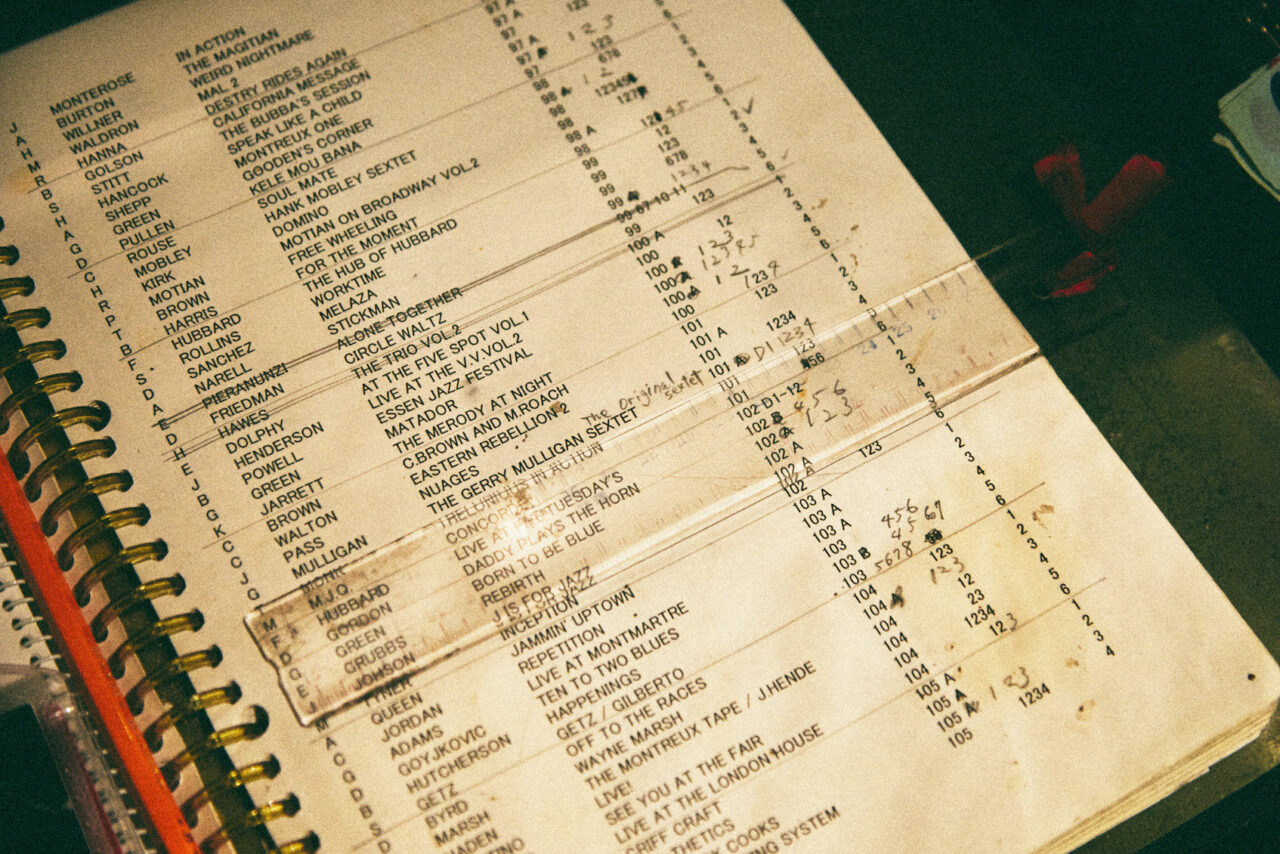
Eagle has a huge list of song selection patterns, and the albums are always played in that order. When a new album is added to the rotation, a new list is created and the album is played accordingly. In this way, the music selection at Eagle is updated and brushed up many times. Even when Goto is not available, the staff plays the songs on the list he has prepared, so you can enjoy his music selections at any time of the day. This is the reason why the Eagle atmosphere is always maintained, no matter what time of day you go. For decades, Goto has been selecting music more like a compilation craftsman or playlist craftsman than a DJ.
The jazz selections are from a variety of styles, eras, and regions, but they are all albums that fit the mood and flow of the music selections. Sometimes the latest UK jazz, albums that were popular with DJs in the 90s, or albums that have been sampled on hip-hop classics are played. These are all played naturally in a calculated flow, along with classic albums by Bud Powell and John Coltrane.
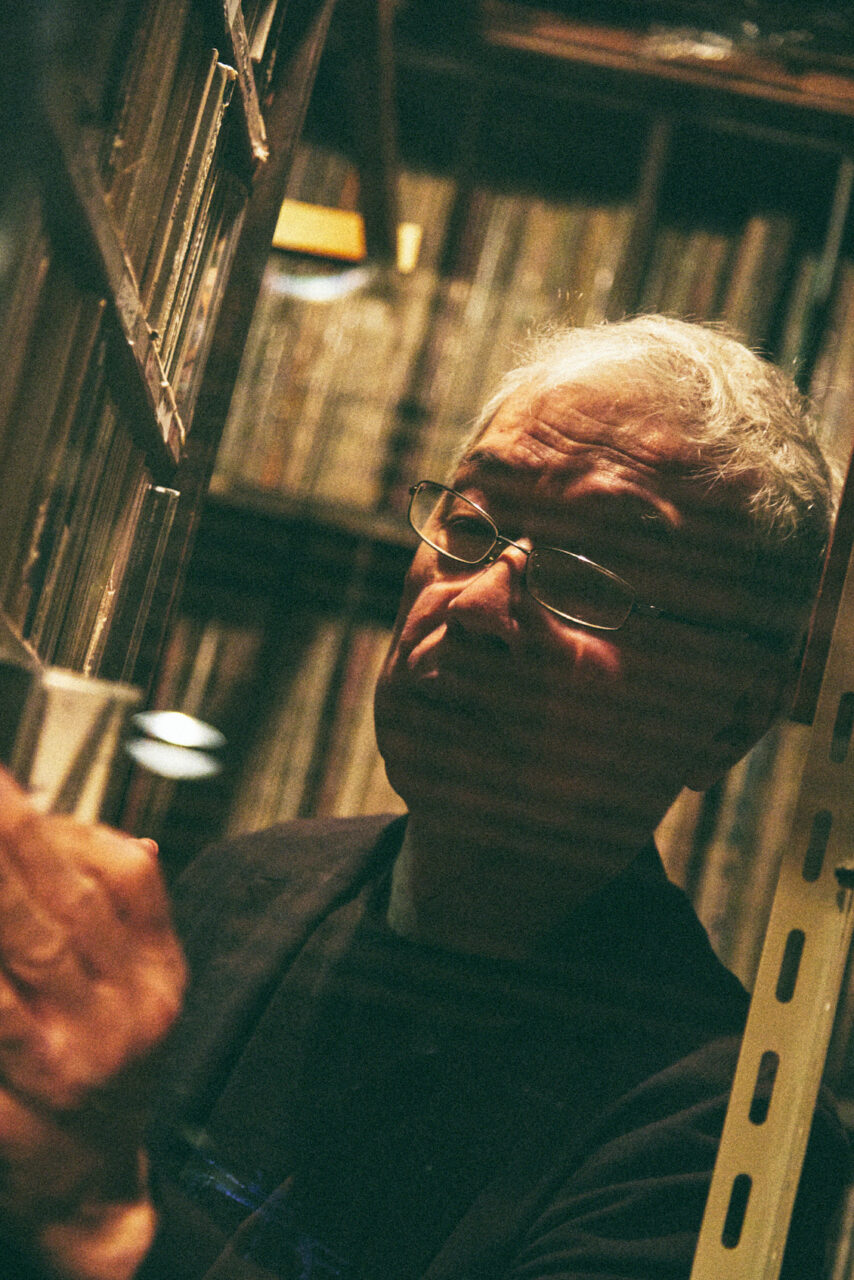
INDEX
Preservation of Tradition: Safeguarding the Flame
Goto has published many jazz-related books, but since his 2015 book, “Selected 500 Jazz kissa Masterpieces,” he has been actively introducing jazz from the 21st century onward, and in his 2023 book, “Jazz Kissa Eagle’s Introduction to Contemporary Jazz,” he selected discs entirely from the 21st century and beyond. In 2023, the disc selection for “Introduction to Contemporary Jazz at the Jazz Kissa Eagle” was made entirely from 21st century and later jazz. In this book, we can read the same approach to music selection as that of Eagle’s. Instead of writing about the newness of new jazz, he carefully explains how the new jazz is connected to the jazz of the past, and how listeners who have heard the jazz of the past can enjoy the music more deeply.
In other words, this book is a kind offer to his own generation of jazz listeners who, like him, have been listening to jazz for a long time. At the same time, it is a guide for young listeners, who can be introduced to the history of jazz through new releases. The book’s core is a clever and natural connection between the past and the present, and the enjoyment of jazz by a wide range of listeners. I think the core of this book is the very philosophy behind the music selection we do every day at Eagle.
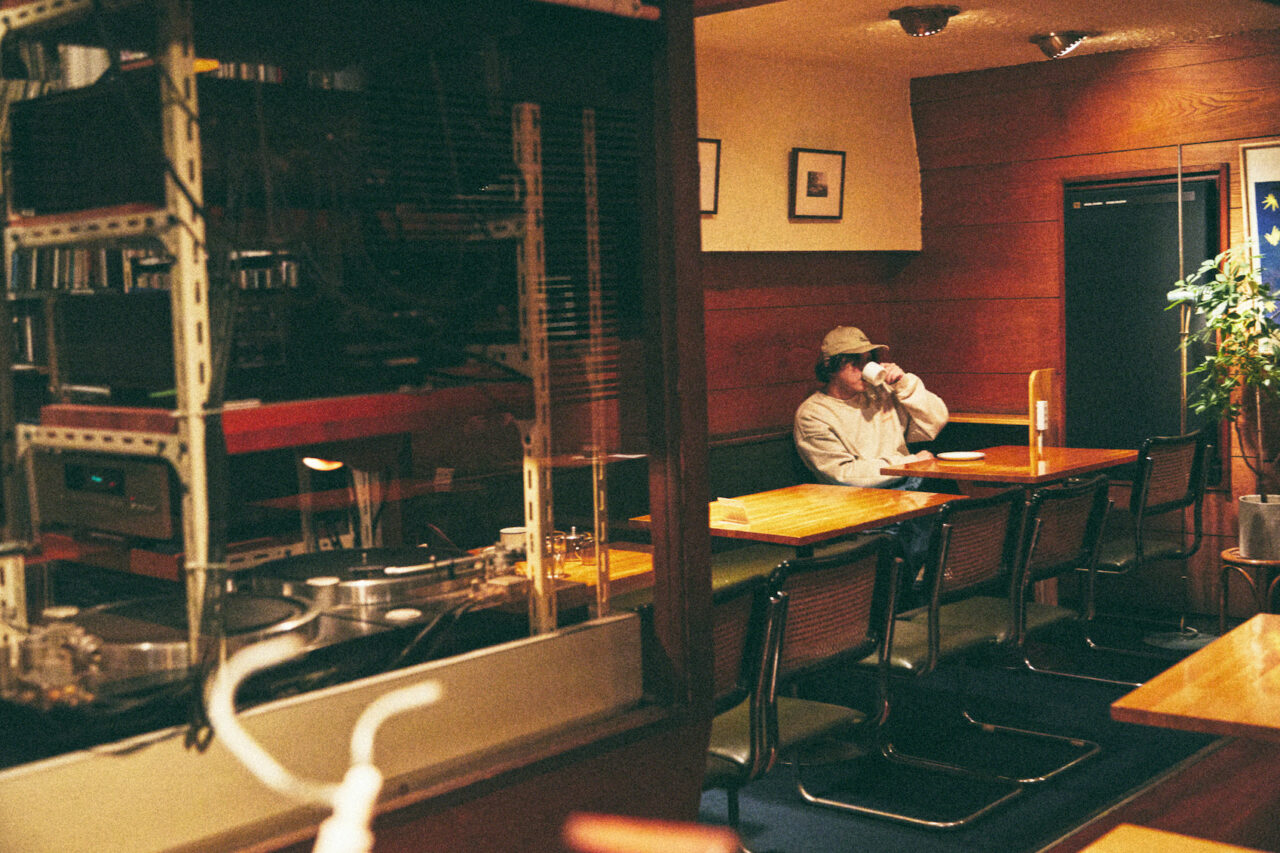
I brought Alejandro Ayala to Eagle because I thought that Goto’s philosophy had something in common with the orientation of International Anthem. In fact, Alejandro was so impressed by his approach that the two had a deep conversation and deepened their friendship. Later, his Instagram was accompanied by the following words along with a photo.
“Tradition is not the worship of ashes, but the preservation of fire.”
Gustav Mahler
Eagle’s Five Albums
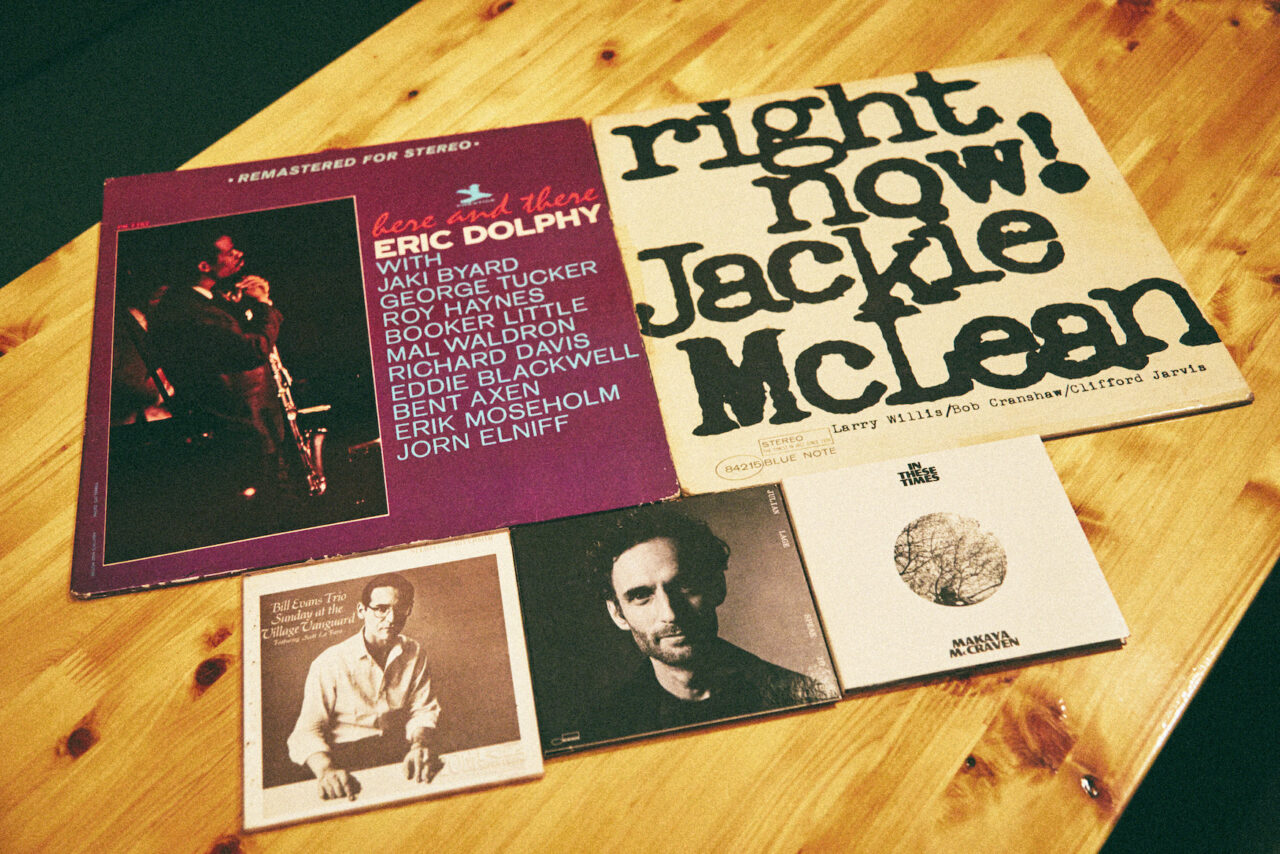
(Clockwise from top left)
Eric Dolphy’s “Here And There
Jackie McLean “Right Now!
Bill Evans Trio “Sunday at the Village Vanguard
Julian Lage “Speak To Me
Makaya McCraven “In These Times
Eagle
Address: 1-8 Yotsuya, Shinjuku-ku, Tokyo
Business hours: Monday – Friday = 11:30 – 23:20, Saturday = 12:00 – 23:20
Closed: Sunday and national holidays
*Please refrain from conversation from opening until 18:00.
http://www.jazz-eagle.com














